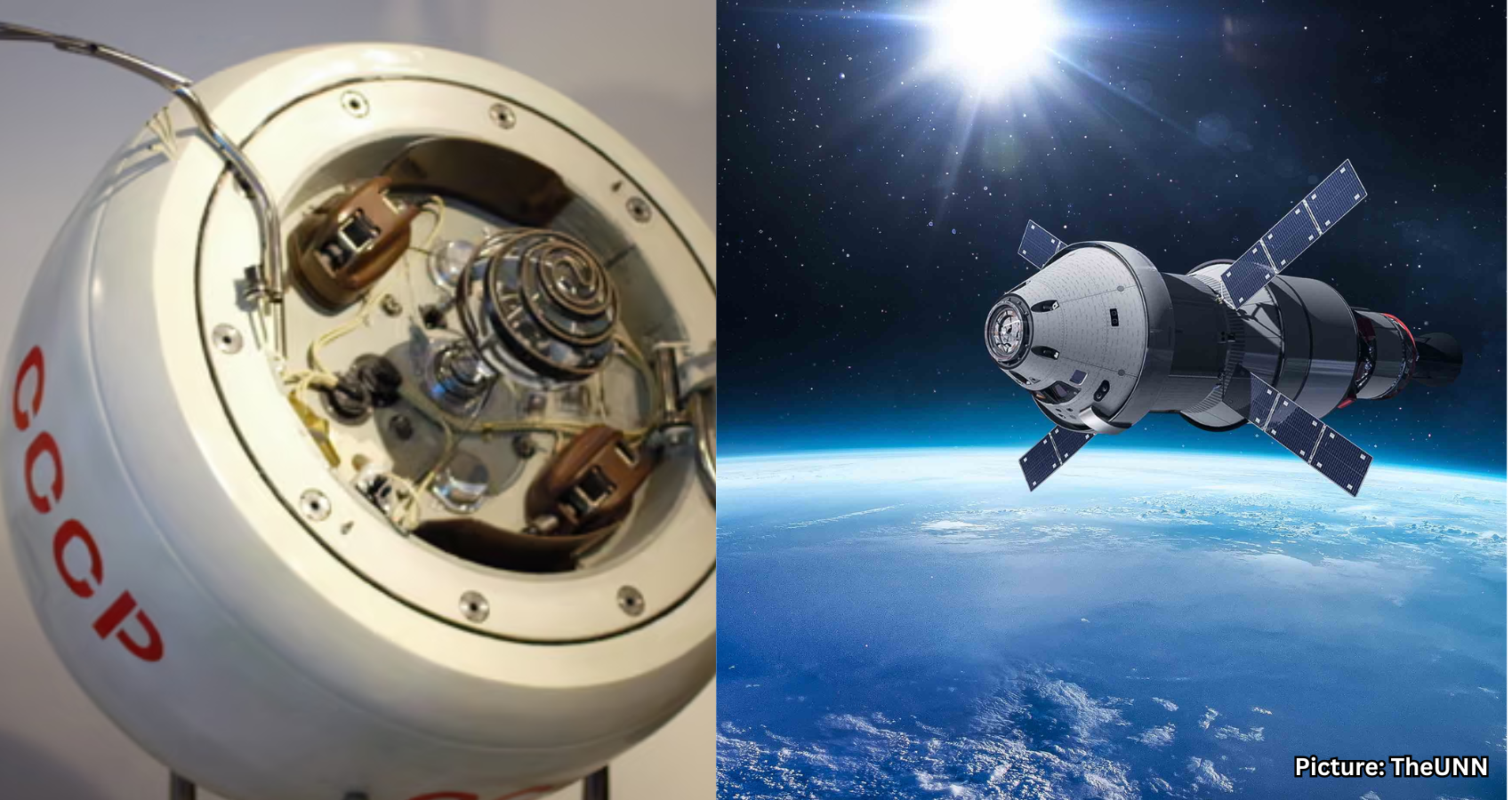Soviet spacecraft Kosmos 482 reentered Earth’s atmosphere on Saturday after 53 years in orbit following a failed attempt to launch to Venus.
A Soviet-era spacecraft, Kosmos 482, made its uncontrolled reentry into Earth’s atmosphere on Saturday, more than half a century after its initial launch attempt to Venus. The European Union Space Surveillance and Tracking confirmed the reentry based on analysis and the absence of the spacecraft in subsequent orbital observations.
The European Space Agency’s space debris office also reported that Kosmos 482 had reentered after failing to appear over a radar station in Germany. At this time, it remains unclear where exactly the spacecraft reentered or how much, if any, of its half-ton structure survived the intense heat of reentry.
Experts had anticipated that some or all of the spacecraft might make it back to Earth intact, given that it was designed to endure the extreme conditions of a landing on Venus, known as the hottest planet in our solar system.
Despite the potential for debris to cause harm, scientists noted that the likelihood of anyone being struck by falling spacecraft fragments was exceedingly low. Launched in 1972 by the Soviet Union, Kosmos 482 was part of a series of missions aimed at Venus. However, this particular mission was thwarted by a rocket malfunction, leaving the spacecraft stranded in Earth’s orbit.
Much of Kosmos 482 had already fallen back to Earth within a decade of its failed launch. The spherical lander, which measures approximately 3 feet (1 meter) in diameter and weighs over 1,000 pounds (495 kilograms), was the last component of the spacecraft to descend. Experts indicated that the lander was encased in titanium, contributing to its durability during reentry.
As scientists and military experts tracked the spacecraft’s downward trajectory, they faced challenges in predicting the exact timing and location of its reentry. Factors such as solar activity and the spacecraft’s deteriorating condition after decades in space added to the uncertainty surrounding its return.
As of Saturday morning, the U.S. Space Command had not yet confirmed the spacecraft’s demise, as it continued to collect and analyze data from orbit. The U.S. Space Command routinely monitors dozens of reentries each month, but Kosmos 482 garnered additional attention from both government and private space trackers due to its potential to survive reentry.
Unlike many other decommissioned satellites, Kosmos 482 was coming back uncontrolled, without any intervention from flight controllers. Typically, such controllers aim to direct old satellites and space debris toward vast expanses of water, such as the Pacific Ocean, to minimize risk to populated areas.
As the world watches the remnants of Kosmos 482’s journey, the event serves as a reminder of the long-lasting legacy of space exploration and the challenges associated with managing space debris.
Source: Original article

